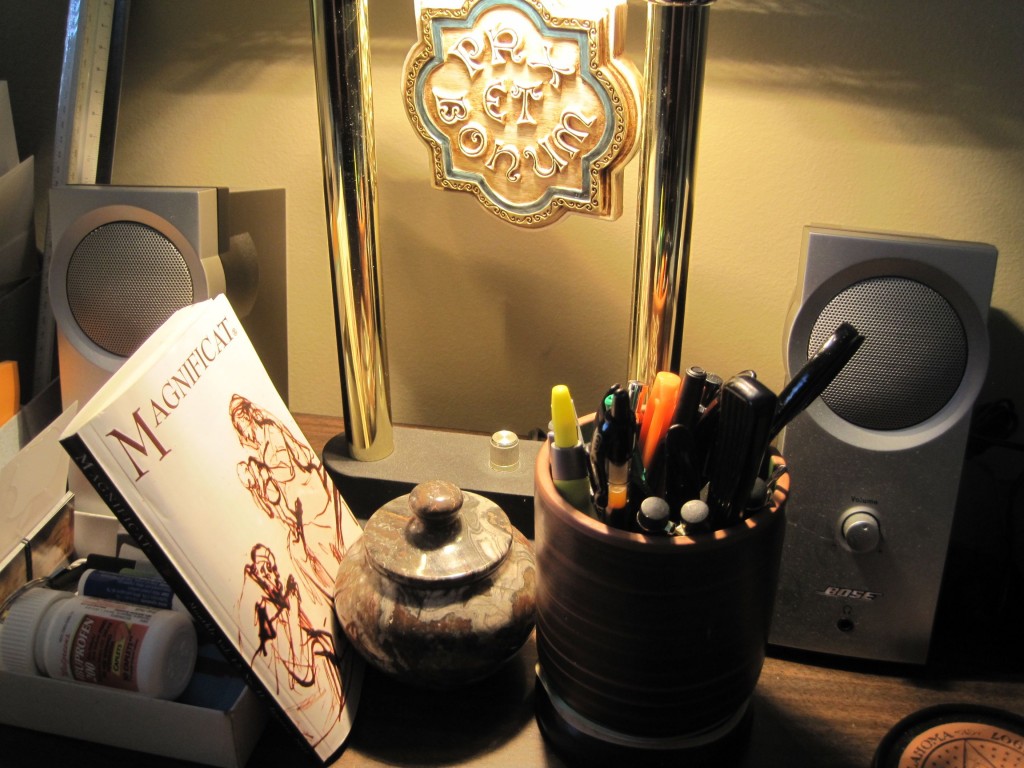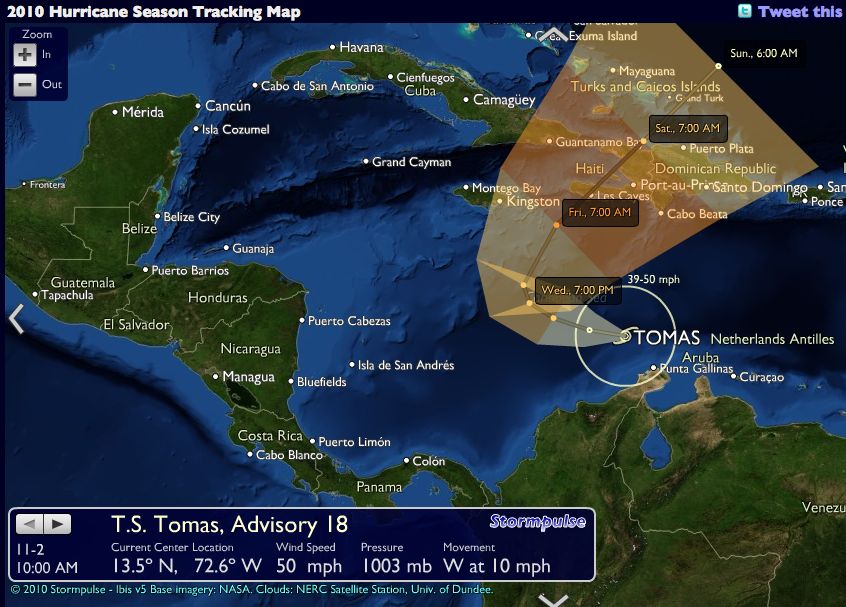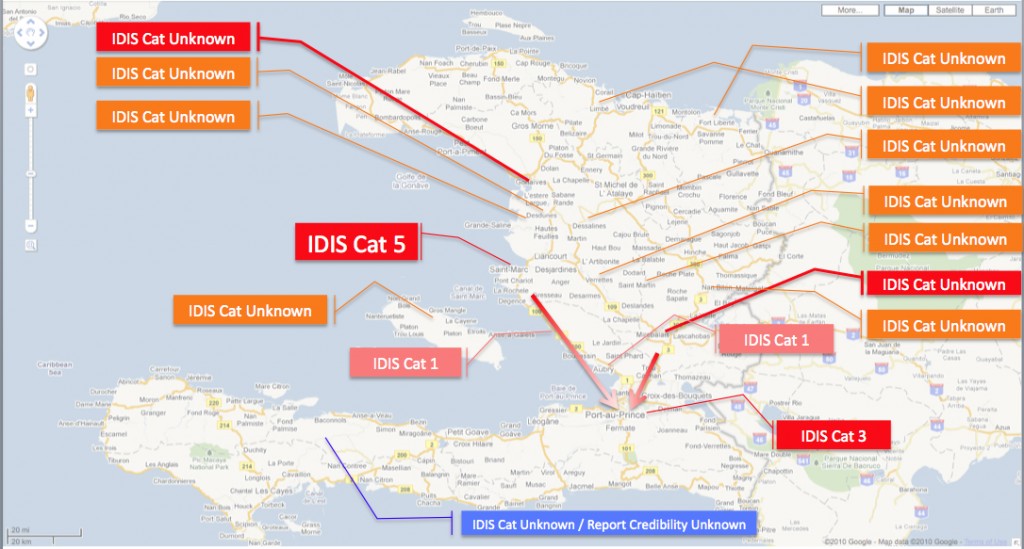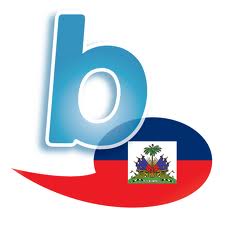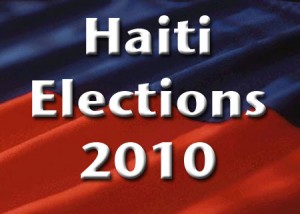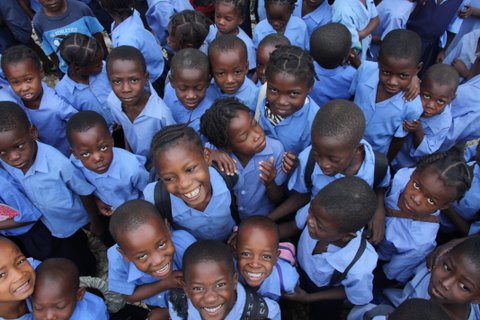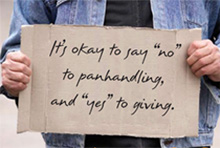
Today, class, I would like to write about the social justice theme of “solidarity.” But, before I begin, I would like you to do something for me. Close your eyes for a few seconds and visualize your concept of “solidarity” as if you are an American visiting another country.
…
Before I visit another country, such as my upcoming trip to Haiti, I like to reflect on the Catholic Church’s teachings on social justice. I think it is important to be reminded of these teachings and prepare oneself for new experiences and new challenges of understanding when away from one’s home.
One of the principle themes of those teachings is the concept of solidarity. The USCCB website has a page that gives scriptural references for this teaching, as well as excerpts from various papal encyclicals and other documents. Here is a basic statement of what solidarity means from that page (link here).
[Solidarity] is not a feeling of vague compassion or shallow distress at the misfortunes of so many people, both near and far. On the contrary, it is a firm and persevering determination to commit oneself to the common good; that is to say, to the good of all and of each individual, because we are all really responsible for all.
On Social Concern (Sollicitudo rei Socialis), #38
This definition and the others you might find in Catholic writings give you a sense of what solidarity means but not a very good practical perspective from which to work from.
So, here is my attempt at providing some practical advice for anyone, Americans in particular, who are trying to be “in solidarity” with others in another country.
The photo attached to this entry is the best that I could find to illustrate how I view solidarity.
If you “google” for images representing solidarity, you will most likely find photos of people holding hands in one form or another. That only goes so far in my definition because it only represents a joining together for a common purpose. Those photos most often imply an equality between the people represented by the hands.
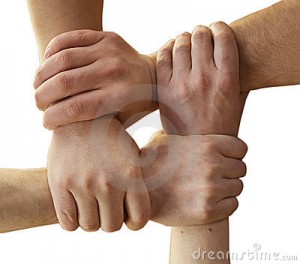 Something like this.
Something like this.
In this photo, everyone is equal and assumably working toward a common goal. That sort of equality is certainly something to be strived for, but a practical perspective would be different.
In the first photo, a group of people have brought what they have to the problem and are helping another overcome an obstacle. The boy climbing the wall was given the boost he needed and is solving the problem on his own as best as he can given his own talents, knowledge and gifts.
OK, you’re probably saying to yourself that this is as naive a definition as any, but let me back this up a bit from my own experiences.
Early in my career as a campus minister, I traveled to a small mountain town in northern Nicaragua to visit one of our graduates. He and another young man were working as Jesuit Volunteers in a local Catholic school. Two other Americans were in the town, doing social service work for the Peace Corps. The difference in approach between these two groups couldn’t have been much greater.
The two Peace Corps volunteers had gone “native,” so to speak. To be in solidarity with the locals, they had adopted their clothing, walked barefoot, lived in a hut, and ate the local food. They gave up a normal sense of hygiene and stopped shaving or cutting their hair. They were trying to “be” one of the locals, taking it to an idealized extreme.
Behind their backs, the locals were laughing at them because they didn’t want the Peace Corps volunteers to be like them. They were trying to be more like Americans, seeking out a more prosperous lifestyle of fancy clothes, electronics, and sleek hairstyles.
My two JV friends had a more practical approach, and this is what I try to remind myself when I travel.
- As an American, I can never be one of the locals.
- My culture and upbringing is based on a sense of opportunity that has been inculcated into how I see the world. Many people in other countries have never had that. Their sense of what is possible is much more limited.
- I see the world with a sense of optimism that things can change. The feeling of desperation that burdens so many cultures is missing in my world.
- I can never set aside how I view the world as an American and see it as others do. It is impossible.
- I have to realize that the way I solve problems will be different because of my culture and personal experiences. I cannot force my preferred solution to a problem without the risk of trodding on their culture and unique understanding.
Here’s an example that I used to tell the students when we were preparing to visit Guatemala. On my first trip to the Lake Atitlan region, we passed a group of 10 or so men cutting the grass alongside the highway. The men were using machetes to cut the grass, a few blades at a time with each swipe of the blade. I asked our guide why they just didn’t use a tractor or some sort of mower and finish the job quickly.
His answer, simple as it was, put this whole question into perspective for me.
“It allows us to employ ten men for a whole day, rather than one man for a few hours.”
American efficiency says that the job should be done quickly. Guatemalan efficiency says that the job should be done so that the most people can earn a wage. The cost in terms of money would probably be about the same but the preferred outcomes are different.
I’ve always remembered that and I try to take that into account when suggesting a solution to a problem when visiting another country. Their culture, their goals, their solutions may be very different from mine, but as equally valid. Perhaps more valid, than mine.
So, my definition of being in “solidarity” means:
- I have to be who I am.
- I have to let others be who they are.
- I have to respect what makes us different (cultures, perspectives, dreams, aspirations, etc.)
- I should offer what I have to offer freely.
- I should accept what others have to offer freely.
- We all should work together to solve problems, seeking solutions with an understanding of our differences, needs and goals.
So you see? Solidarity is really another way of defining another one of the Church’s social justice themes, that of human dignity and the fact that we are all made in the image and likeness of God and should treat each other that way.
Aren’t we a smart Church?
